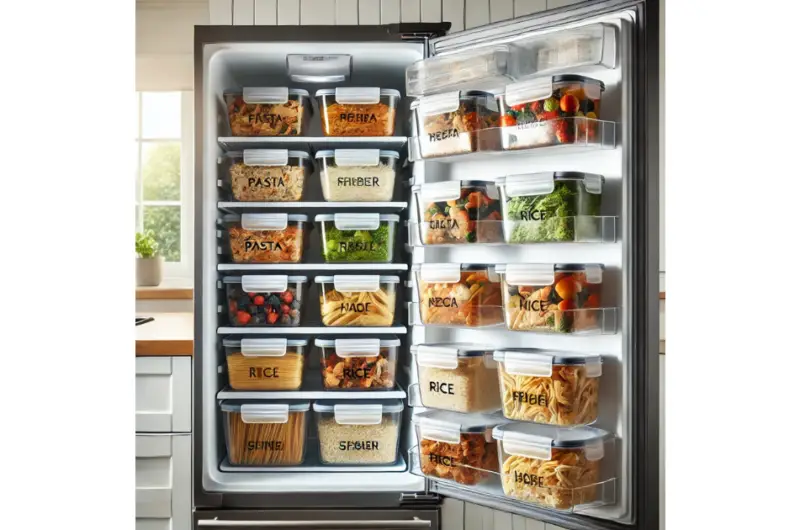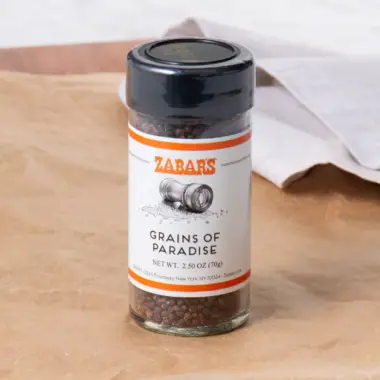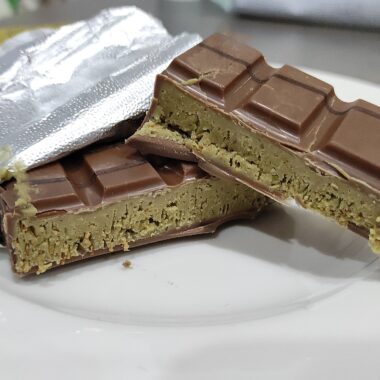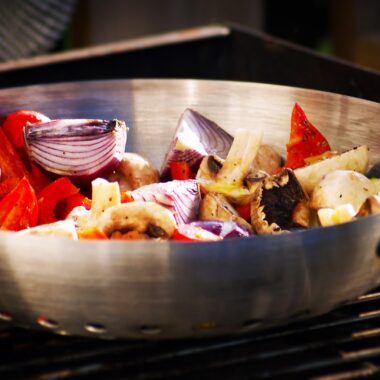Storing leftovers properly is crucial not only for maintaining their taste and texture but also for preventing food waste and potential foodborne illnesses. Unfortunately, many people unknowingly make mistakes that shorten the lifespan of their meals or even make them unsafe to eat. If you’ve ever opened a container of food only to be met with a questionable smell, mold, or unexpected sogginess, chances are you’ve fallen victim to one (or more) of these common storage mistakes.
In this detailed guide, we’ll explore the seven most common mistakes people make when storing leftovers and how you can avoid them to keep your food fresher for longer.
1. Storing Hot Food Immediately in the Fridge
Many people believe that putting hot food directly into the refrigerator is the best way to preserve it. While refrigerating leftovers is important, placing steaming-hot food in the fridge can actually do more harm than good.
Why This Is a Mistake:
- Hot food can raise the internal temperature of your fridge, which can cause other perishable items to enter the “danger zone” (between 40°F and 140°F), where bacteria multiply rapidly.
- Steam from hot food can create condensation inside the container, leading to excess moisture and soggy leftovers.
What to Do Instead:
- Let food cool down slightly at room temperature before storing it in the fridge. However, don’t leave it out for too long—perishable foods should not sit at room temperature for more than two hours (or one hour if the room is particularly warm).
- To speed up the cooling process, divide large portions into smaller containers so heat disperses more quickly.
2. Using the Wrong Containers
Not all containers are created equal. Using the wrong type of storage can affect your food’s freshness and even pose health risks.
Why This Is a Mistake:
- Some plastic containers contain BPA and phthalates, which can leach harmful chemicals into your food, especially if they are microwaved.
- Containers that aren’t airtight allow air exposure, which speeds up spoilage and increases the risk of contamination.
- Certain materials, like aluminum foil or Styrofoam, may not provide enough protection against bacteria and odors.
What to Do Instead:
- Opt for airtight, BPA-free plastic or glass containers with secure lids.
- Mason jars and silicone storage bags are great eco-friendly options for liquid-based leftovers.
- Avoid reusing takeout containers that may not be designed for long-term storage.
3. Forgetting to Label and Date Leftovers
If you’ve ever played a guessing game with mystery containers in your fridge, you’re not alone. Without proper labeling, it’s easy to forget when food was stored, increasing the risk of eating something spoiled.
Why This Is a Mistake:
- Food can go bad before it looks or smells off, making it dangerous to eat.
- You may end up wasting perfectly good food because you’re unsure how old it is.
What to Do Instead:
- Use masking tape and a marker to write the date on each container.
- If you batch-cook meals for the week, label them by meal type (e.g., “Chicken stir-fry – Monday”).
- Follow the general rule: Refrigerated leftovers should be eaten within 3 to 4 days, while frozen leftovers can last for 2 to 6 months depending on the food type.
4. Not Storing Different Foods Separately
It might be tempting to throw everything into one large container to save space, but this can cause big problems when it comes to food freshness.
Why This Is a Mistake:
- Certain foods release moisture, which can make other items soggy.
- Strong-smelling foods can transfer odors to milder ones, affecting their taste.
- Bacteria can spread between different types of food, increasing the risk of contamination.
What to Do Instead:
- Store different foods in separate containers whenever possible.
- If you need to combine ingredients (like for meal prepping), keep sauces and dressings separate until you’re ready to eat.
- If storing cut fruits and vegetables, use a paper towel inside the container to absorb excess moisture and keep them crisp.
5. Overloading the Fridge or Freezer
A jam-packed refrigerator or freezer may seem like a smart way to store food, but cramming too much inside can actually make food go bad faster.
Why This Is a Mistake:
- Overfilled refrigerators block air circulation, preventing proper cooling and causing uneven temperatures.
- Freezing food improperly (or having too much in one space) can lead to freezer burn, which affects taste and texture.
- Items stored in the back of a crowded fridge are more likely to be forgotten, leading to wasted food.
What to Do Instead:
- Organize your fridge so that air can circulate properly. Keep space between items instead of stacking them too tightly.
- Store leftovers in smaller, stackable containers to maximize space efficiently.
- Use the First In, First Out (FIFO) method—place older leftovers at the front and newer items in the back to ensure food gets eaten in time.
6. Not Reheating Leftovers to the Proper Temperature
Even if food looks fine, improper reheating can expose you to bacteria that thrive in cooled or reheated leftovers.
Why This Is a Mistake:
- Certain bacteria, like Listeria and Salmonella, can survive in improperly reheated foods, leading to foodborne illnesses.
- Microwaving food unevenly may leave cold spots where bacteria can thrive.
What to Do Instead:
- Reheat leftovers to an internal temperature of at least 165°F (74°C). Use a food thermometer to check.
- When using a microwave, stir the food halfway through to ensure even heating.
- For soups, stews, and sauces, bring them to a rolling boil before consuming.
- Avoid reheating food multiple times—take out only what you plan to eat and reheat that portion.
7. Keeping Leftovers Too Long
Most of us are guilty of keeping leftovers longer than we should. While some foods may look and smell fine after a week, that doesn’t mean they’re safe to eat.
Why This Is a Mistake:
- Harmful bacteria can grow on leftovers even if they don’t appear spoiled.
- Eating expired leftovers increases the risk of food poisoning, which can cause nausea, vomiting, and diarrhea.
What to Do Instead:
- Follow these general food safety guidelines for leftovers:
- Refrigerated cooked meat, poultry, and fish: 3-4 days
- Cooked pasta and rice: 3-5 days
- Soups and stews: 3-4 days
- Frozen leftovers: 2-6 months (depending on the type of food)
- When in doubt, throw it out! If food smells strange, has a slimy texture, or develops mold, do not take the risk.
Final Thoughts: Keep Your Leftovers Safe and Delicious
Properly storing leftovers is an easy yet essential habit that helps reduce food waste, maintain flavor, and keep you safe from foodborne illnesses. By avoiding these seven common mistakes—like refrigerating hot food too soon, using the wrong containers, failing to label and date leftovers, and keeping food for too long—you can ensure that your meals stay fresh and enjoyable.
Taking a few extra steps to store food properly can save you money, reduce waste, and make your next meal just as tasty as the first. So the next time you pack up those leftovers, remember these tips to keep them safe and delicious!


















